A West Australian (WA) government virtual power plant (VPP) technology pilot, called Project Symphony, has found redistributing excess power produced by distributed energy resources (DER) such as residential solar panels, appliances and home batteries, is feasible.
A final report from the $35 million (USD 23 million) pilot, formally known as the Western Australia Distributed Energy Resources Orchestration Pilot, makes 18 recommendations that will enable VPPs to be developed in real-world South West Interconnected System (SWIS) settings.
Five hundred Perth households took part in the pilot, in the South River area where almost half of all homes have solar systems installed, and is indicative of rooftop solar use in WA, where it is the largest source of electricity generation in the SWIS.
Consequently, a high proportion of decentralised, unmanaged DER poses a risk to the stability of the WA power network, and the purpose of the study was to understand how virtual power plants (VPP) could derisk instability in the SWIS when using customer-owned DER.
The pilot was a collaboration between the Australian Energy Market Operator (AEMO), Western Power, Synergy and Energy Policy WA and received $8.5 million in support from the Australian Renewable Energy Agency (ARENA) as part of its Advancing Renewables Program.
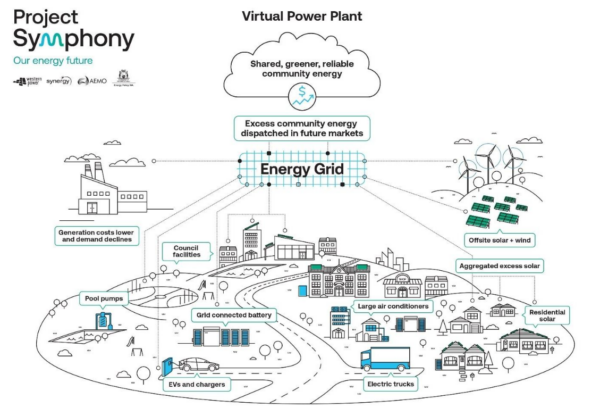
Image: Project Symphony
AEMO Executive General Manager of WA and Strategy Kate Ryan said by recruiting more than 500 residential electricity customers and their roughly 900 DER assets, Project Symphony demonstrated value can be derived from DER orchestration in the SWIS and that enabling DER aggregation is in the long-term interests of customers.
“Collectively, rooftop solar is already the largest generator in the SWIS and is a key contributor in the state’s energy transition towards net-zero, so when customer assets are aggregated and orchestrated, they can be used as a large, manageable and dependable power source,” she said.
“The integration of DER into electricity markets has the potential to unlock greater economic and environmental advantages for customers and the wider community, and through the Project Symphony pilot, we gained valuable insights into how DER can be coordinated and scaled-up for use in a future commercial environment, where customers can benefit.”
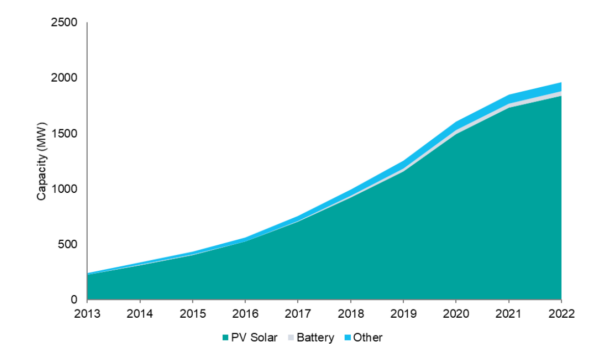
Image: Project Symphony
WA Energy Minister Reece Whitby said Project Symphony proved solar power and batteries can address system and network challenges, benefit the community and support decarbonisation.
Popular content
“Rooftop solar is already a key part of Western Australia’s energy transition and integrating distributed energy into our State’s electricity market has the potential to unlock even greater value for households, and I look forward to seeing how policy and regulatory changes can support its uptake,” he said.
The final report says Project Symphony significantly advanced the understanding and application of DERS in addressing local, regional, and system-wide energy challenges and successfully evaluated the potential of DER to provide network support services, particularly in managing local constraints.
For all scenarios, the technical feasibility of DER to provide system and local level services was demonstrated, however challenges related to interoperability and communication with the parent aggregator platform, require further investigation.
Symphony demonstrated that, in time with further development, DER orchestration could be a “trusted” capability, one that becomes reliable, available, and cost effective as it demonstrated the technical feasibility of end-to-end orchestration, encompassing cybersecurity and latency, bringing it close to delivering a viable product that can be achieved once compliance rates are more consistently met, the final report says.
Outcomes from the technical studies have informed standards, processes, and frameworks necessary for maintaining system security and reliability and include adopting a common communications protocol (CSIP-AUS), developing a DER Data Hub for efficient data exchange, and establishing service delivery standards for Parent Aggregators.
This content is protected by copyright and may not be reused. If you want to cooperate with us and would like to reuse some of our content, please contact: editors@pv-magazine.com.
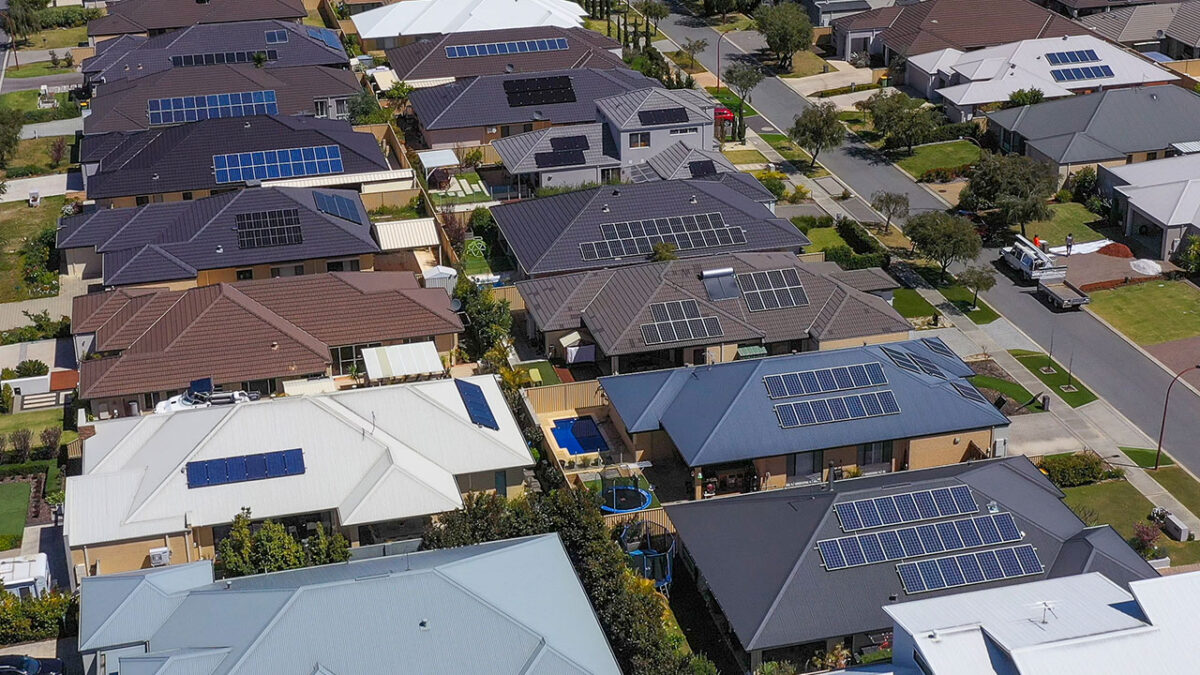


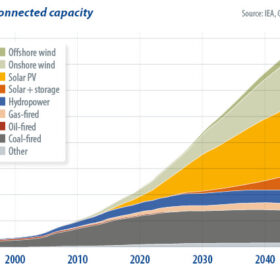


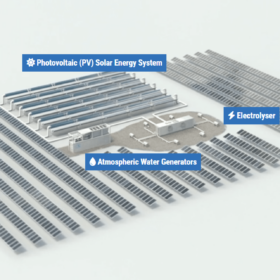
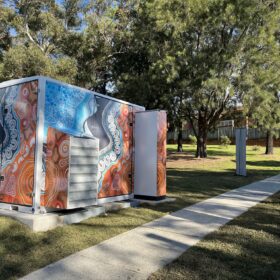
By submitting this form you agree to pv magazine using your data for the purposes of publishing your comment.
Your personal data will only be disclosed or otherwise transmitted to third parties for the purposes of spam filtering or if this is necessary for technical maintenance of the website. Any other transfer to third parties will not take place unless this is justified on the basis of applicable data protection regulations or if pv magazine is legally obliged to do so.
You may revoke this consent at any time with effect for the future, in which case your personal data will be deleted immediately. Otherwise, your data will be deleted if pv magazine has processed your request or the purpose of data storage is fulfilled.
Further information on data privacy can be found in our Data Protection Policy.